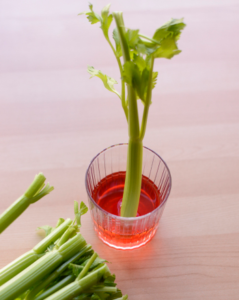Science > Biology > Botoany > Physiology > Transport in Plants Transportation is a process in which a substance either synthesized or absorbed in one part of the body reaches another. In living things, many substances such as food, gases, minerals salts, hormones, and waste products have to be transported from one part of the […]
Transport in Plants
